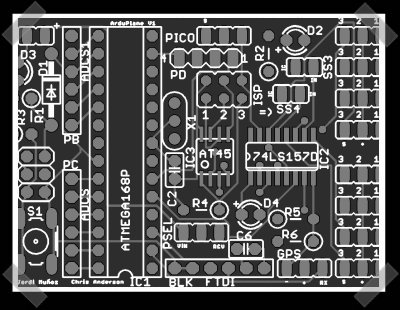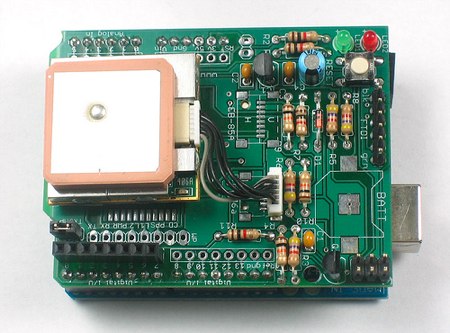
[acabtp] has already started hacking on his Dell Mini 9. He wanted to add GPS functionality, but didn’t want a dongle or anything external. After ordering the smallest GPS unit he could find, he found a place to wire it in internally. The end result had no bearing on the external looks of the computer. I wonder if he used the modification guide dell released?
Marketed as direct competition for the EEEPC, we’ll probably start seeing a lot more hacks for these. We’ve already seen the EEEPC taken hacked more than we ever expected.
[thanks strider_mt2k]
















